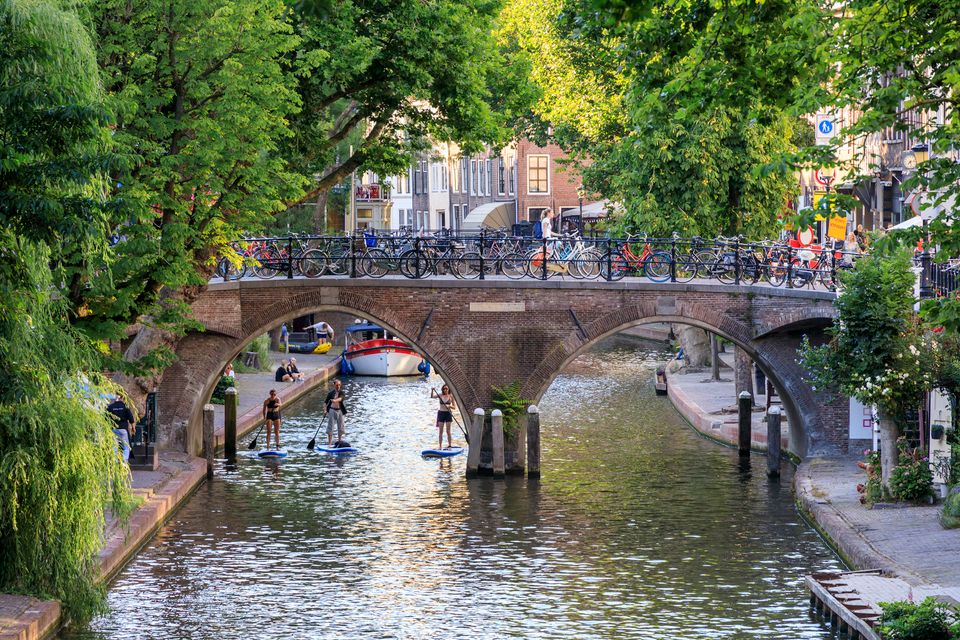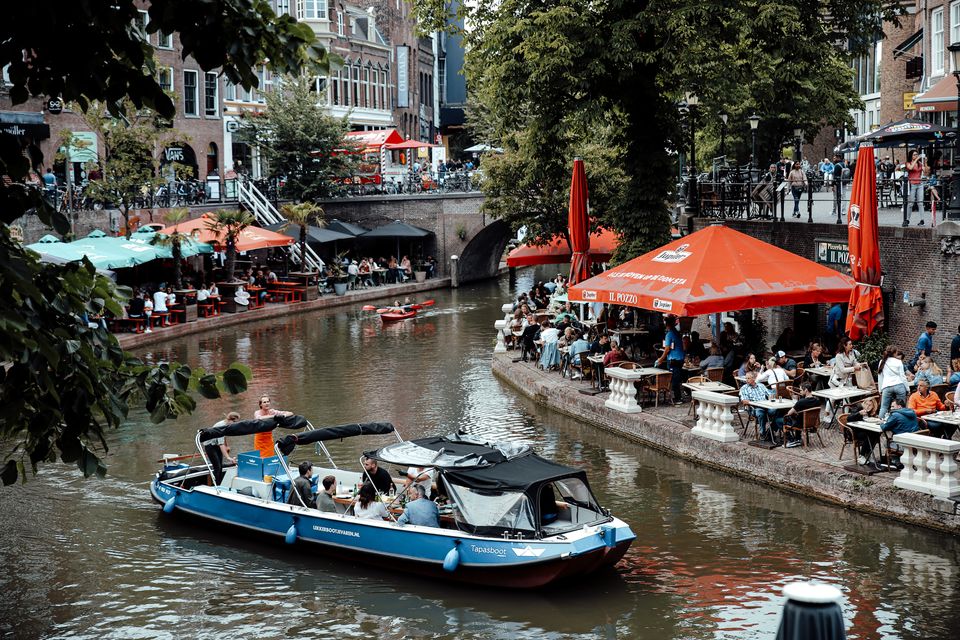odp
1 to 24 of 298 locations
-
Asschatterkeerkade Leusden
Asschatterkeerkade Leusden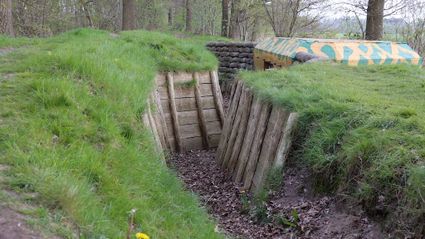
3831 JP Leusden
-
Museum Bunker
Museum Bunker
3831 RZ Leusden
-
Mondriaan House
Mondriaan House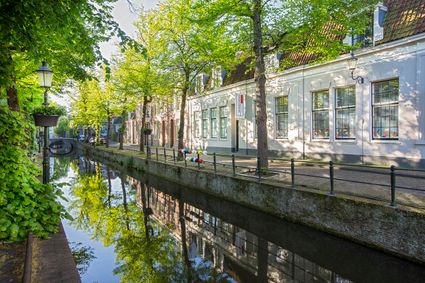
3811 KG Amersfoort
-
Museum Flehite
Museum Flehite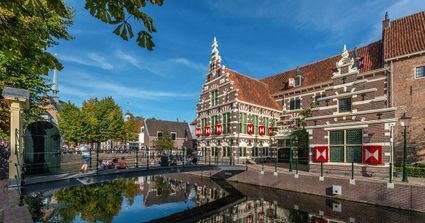
3811 BC Amersfoort
-
Duurstede Castle
Duurstede Castle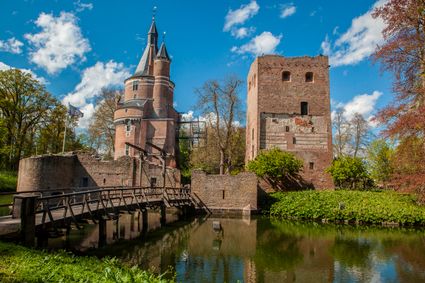
3961 AB Wijk bij Duurstede
-
Fort bij Vechten
Fort bij Vechten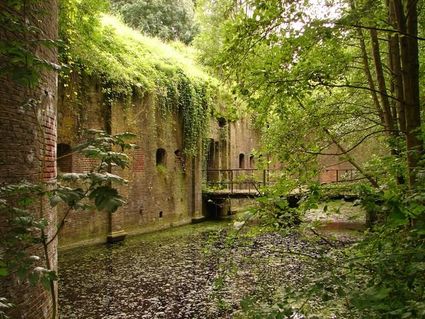
3981 HB Bunnik
-
Kersenmuseum (cherry museum)
Kersenmuseum (cherry museum)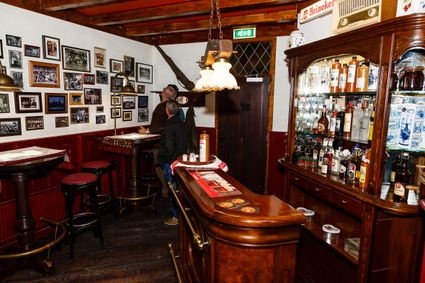
Groenewoudseweg 18
3945 BC Cothen
-
Waterline Museum Fort Vechten
Waterline Museum Fort Vechten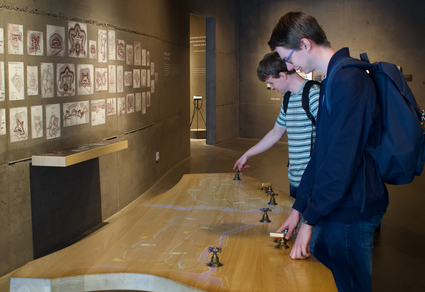
3981 HA Bunnik
-
Fort Werk aan de Korte Uitweg
Fort Werk aan de Korte Uitweg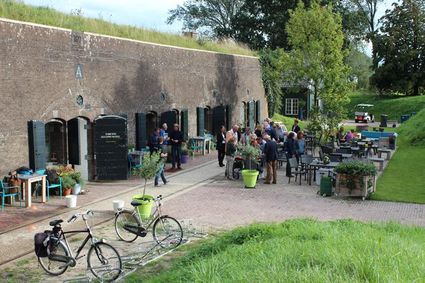
3999 WL Houten
-
't Veerhuys
't Veerhuys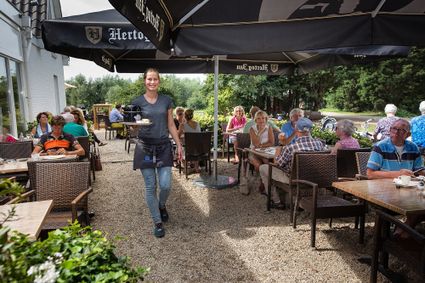
4112 PC Beusichem
-
The Botanical Gardens
The Botanical Gardens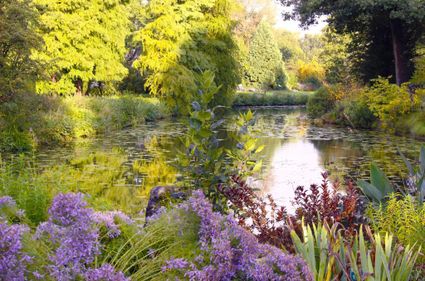
3584 CD Utrecht
-
Boerderij -Landwinkel Nieuw Slagmaat
Boerderij -Landwinkel Nieuw Slagmaat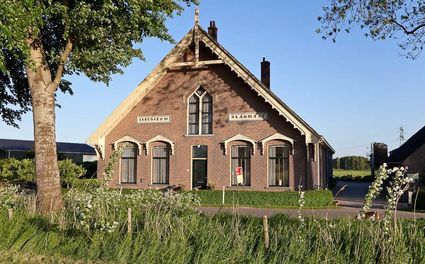
3981 HE Bunnik
-
Rietveld Schröderhuis
Rietveld Schröderhuis
The Rietveld Schröder House is the architectural highlight of the art movement De Stijl. The house was designed by the Utrecht architect and designer Gerrit Rietveld, commissioned by widow Truus Schröder in 1924. The house is not only designed but also decorated by Gerrit Rietveld (1888 – 1964).
De Stijl
The house is designed according to the principles of De Stijl. Characteristic for De Stijl are the seamless transitions from inside to out, by breaking open the closed walls. The use of primary colours red, blue and yellow (besides white, grey and black) is also part of this art movement.Truus Schröder was deeply involved in the location and design of the house. She had a clear view on the way she wanted to live. Soberness, for example, was fundamental, as she wanted to live in the active sense and not be lived. This resulted in a large and bright living area which can be partitioned into different spaces using flexible walls.
Through the years, Rietveld did several adjustments to the building, but after the passing of Truus Schöder in 1985, the house was restored and brought back to original state. The Rietveld Schröderhuis consist lots of original furniture by Rietveld. For example the zigzag chair and the famous red-blue chair.
Accessibility
Unfortunately the Rietveld Schröder House is not accessible for wheel chairs, prams and strollers.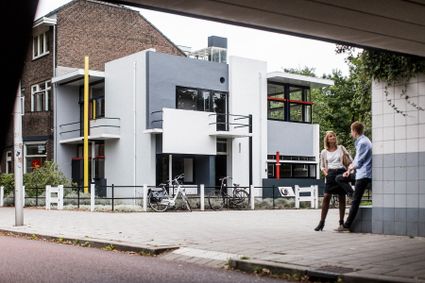
3512XC Utrecht
-
-
Heidestein Estate
Heidestein Estate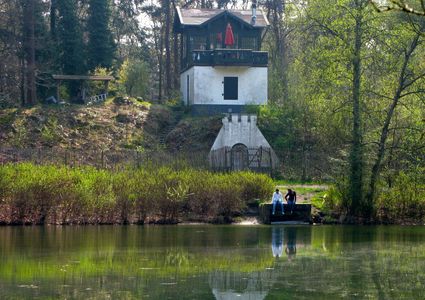
3708 WN Zeist
-
Landgoed Ginkelduin
Landgoed Ginkelduin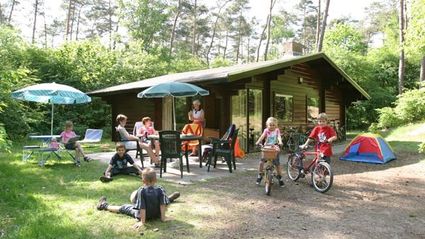
3956 KD Leersum
-
Fort Hinderdam
Fort Hinderdam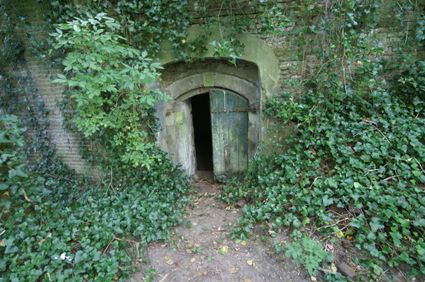
Hinderdam 7
1394 JB Nederhorst den Berg
-
Utrechtse Heuvelrug National Park
Utrechtse Heuvelrug National Park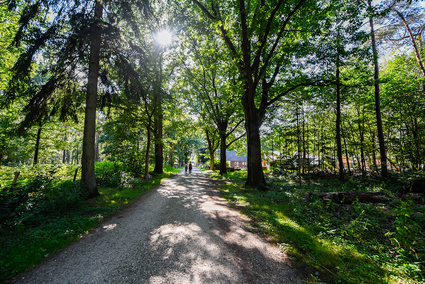
-
Fortresses of the four Lunetten
Fortresses of the four Lunetten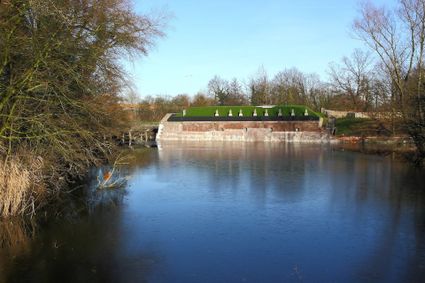
Oude Liesbosweg 68
3524 SB Utrecht
-
TOP Vianen, Ponthoeve
TOP Vianen, Ponthoeve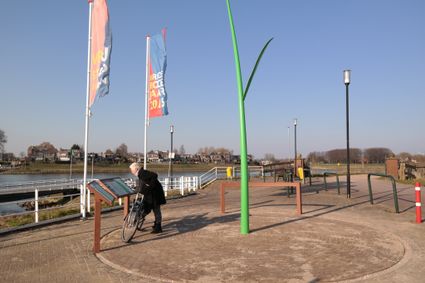
Buitenstad 69
4132 AB Vianen
-
Fort Uitermeer
Fort Uitermeer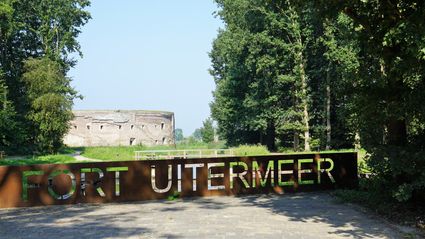
Uitermeer
1381 HP Weesp
-
Canals and shipyards
Canals and shipyards
The Utrecht canals with their wharves and wharf cellars are unique in the world.
The 12th Century Oudegracht was built to change the course of the Oude Rijn river. Connecting the river Vecht in the north to the Vaartsche Rijn in the south, the Oudegracht was destined to become an elongated harbour. Large city castles were built along the canal and in the 13th Century, shipyards were built as second streets at water level. The deep cellars, serving as storage spaces, ran through to below the houses. Today, the canals and shipyards are home to shops, restaurants and private residences.
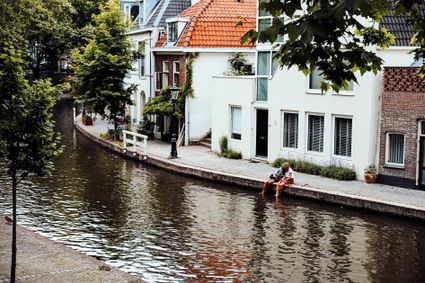
3511 AZ Utrecht
-
-
Grote Kerk Vianen (Great Church)
-
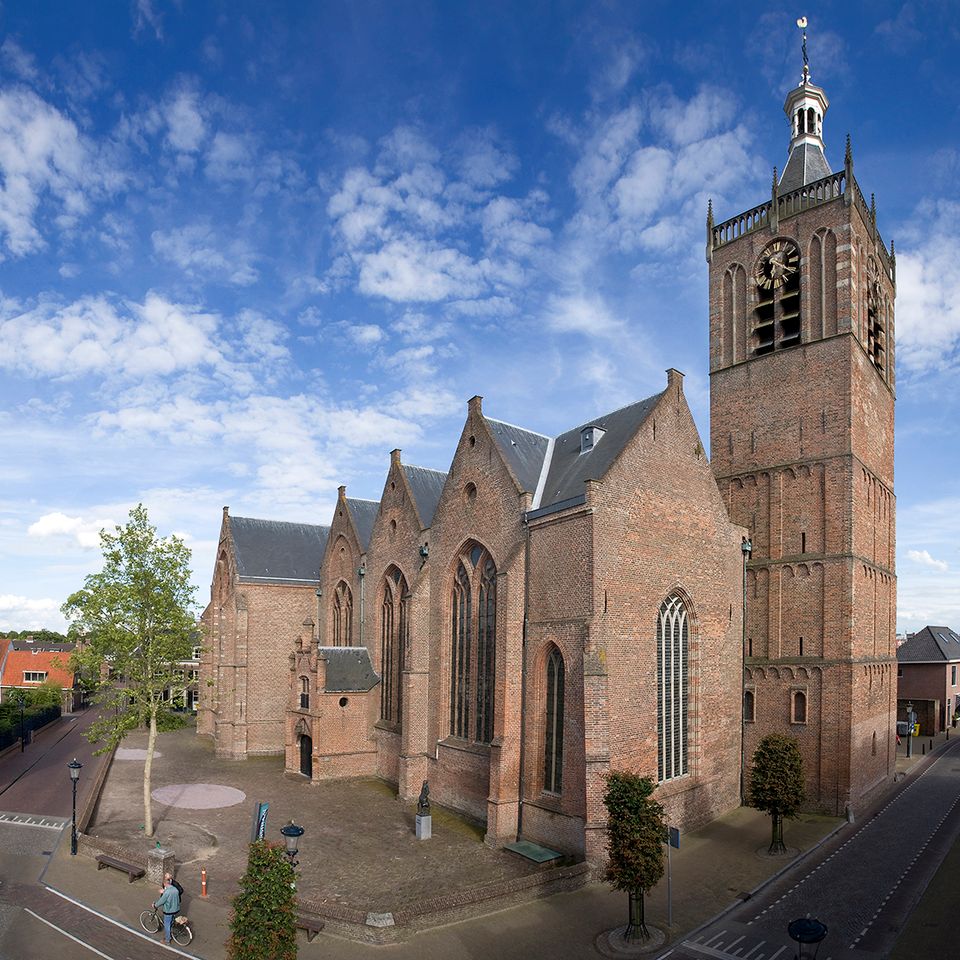
-
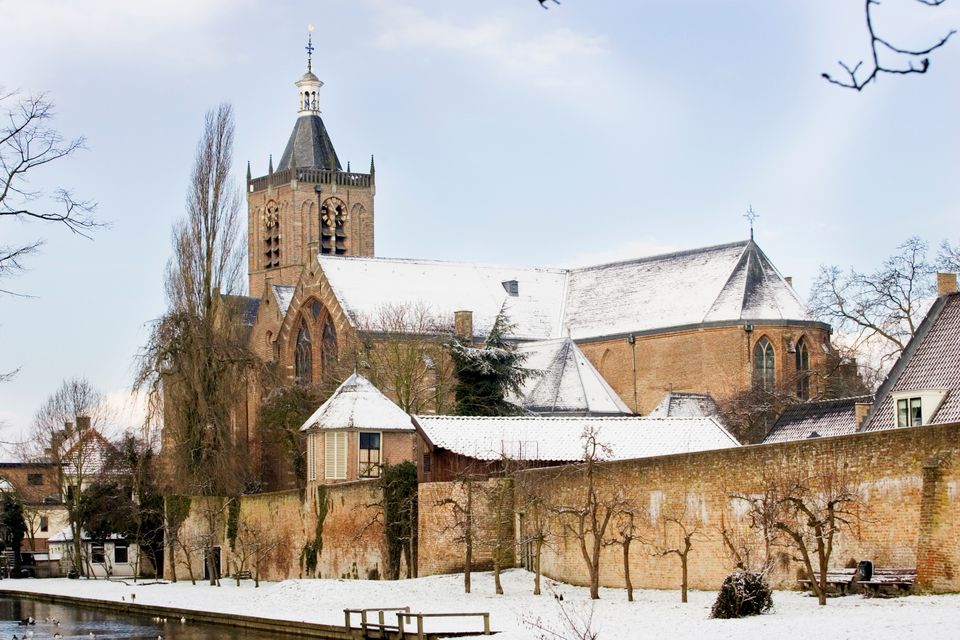
-
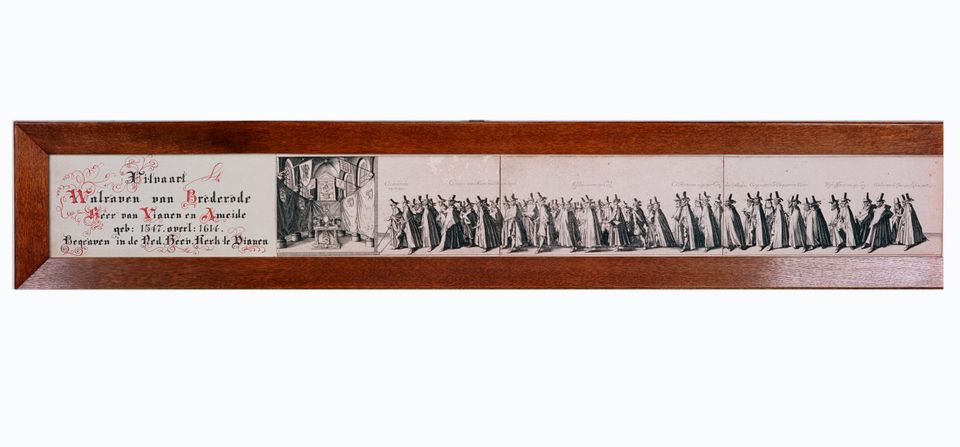
-
Accept cookies to see this content.
Grote Kerk Vianen (Great Church)
Hubrecht van Vianen founded a chapel in the 13th Century. It fell under the mother church in Hagestein and began growing fast. In the year 1345, it became a parish church and was granted marriage and burial rights. For this, a sum of money had to be paid to the church in Hagestein annually. In the 14th Century, the chapel was replaced by a single-nave church. In the year 1433, following a feud between Vianen and Hagestein, the Bishop of Utrecht decided to split the two churches.
In the mid-15th Century, the church was replaced by a 3-aisle Gothic hall church which is the same size as the current church. (Including the tower, it’s 77.5 metres long, 43 metres wide and 41 metres high.) Since the church also contains the family graves of the Lords of Vianen, it was required to match the grand status of the Brederodes in terms of its size and appearance.
After a fire in the year 1540, the church (de Grote Kerk) was rebuilt in its current form almost immediately (as a combination of a hall church and cruciform church) with the support of Reinoud III van Brederode. The church became Reformed under his son, Hendrik van Brederode. On 25 September 1566, the Roman Catholic institution disappeared and then, on 1 October, the first Protestant service was held.
Further reading: Dutch Reformed Church Hagestein, Mausoleum of Reinoud III van Brederode, Brederode statue, Hagestein Castle, Guesthouse chapel, Vianen Castle.
Voorstraat 110
4132 AT Vianen
-
-
Montfoort Castle
Montfoort Castle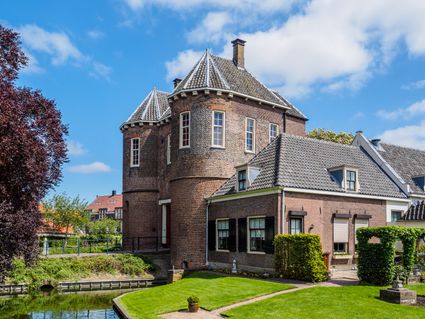
3417 JG Montfoort
-
Renswoude Castle
Renswoude Castle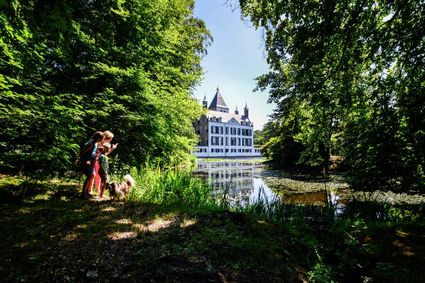
3927BA Renswoude
- Current page1
- Go to page2
- Go to page3
- Go to page4
- Go to page5
- …
- Go to page13
- Go to the next page



